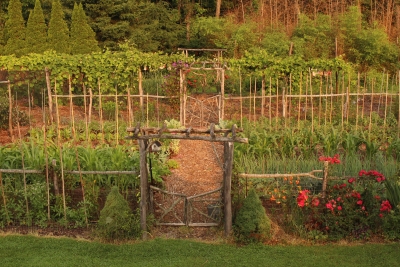THANKS
I’d like to highlight, today, what makes this blog possible.
First of all, it’s you, readers. The positive feedback I get is very rewarding. I’ve had great opportunities — academically and “in the field” — to learn about growing plants and caring for the soil, and have put all this into practice for decades. My hope is that in entertaining you with all this, your tomatoes, apples, zinnias, and all the rest grow healthier and tastier or prettier. I appreciate the positive (even the sometimes negative) comments from you all.
Second, if you’ll look at the bottom right corner of my blog posts (or scroll way down near the end on a mobile device), you’ll see some banner ads. Nothing flashy or moving or obnoxious in any other way. Just simple links to a few advertisers.
These seven advertisers are special; these are companies whose products I stand behind. I’ve used them and can attest to their quality.
Fruit Plants Galore
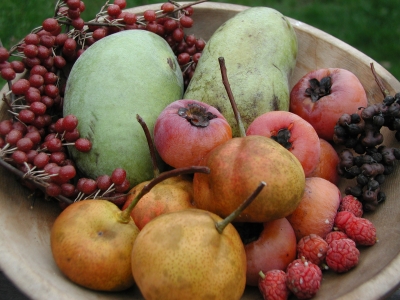
Uncommon Fruits of Fall
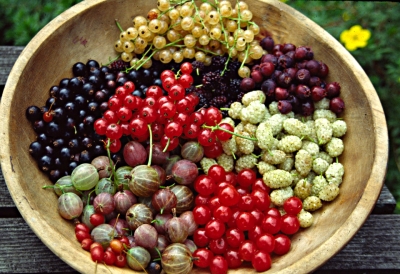
Uncommon fruits of summer
Take, for instance, Raintree Nursery and Cummins Nursery. I’m a “fruit nut” (and a “nut nut”) and, except when I propagate my own plants, these two nurseries are my go-to nurseries for fruiting trees and shrubs.
Raintree Nursery stands out for the wide variety of common and uncommon fruits they offer, everything from apples to jujubes to musk strawberries to wintergreen to hardy passionfruits. All top quality plants.
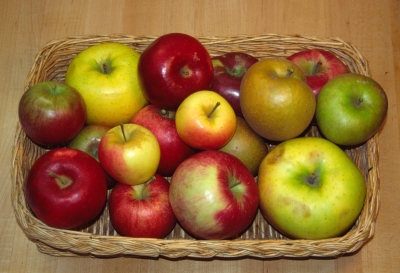
Heirloom apples
Cummins Nursery also offers top quality plants, trees in this case. Steve Cummins, the present owner, started the nursery with his dad, Jim, and other family members. Back in the 20th century, when I worked in research for Cornell University, Dr. Jim Cummins also worked there. For many years, he was the rootstock breeder. (A rootstock, on which a Honeycrisp, Mutsu, or other variety of fruit is grafted in order to propagate it, can impart special qualities to the resultant tree, such as early production, eventual tree size, pest resistance, and tolerance to poor soil conditions.)
So I turn to Cummins Nursery if I’m interested in a common (vs. uncommon) fruit tree on a special rootstock, with many, many varieties of fruit to pick from. Or if I want to purchase a rootstock to graft myself. Or if I want a scion of any one of the many, many different varieties of fruits grown at Indian Creek Farm, the pick-your-own farm they run adjacent to the nursery.
You’ll note that Raintree Nursery is in Washington state and Cummins Nursery is in New York state. No matter. These nurseries are selling named varieties of fruit plants. A McIntosh apple grown in Washington state is genetically identical to that variety grown in New York state, so will have the same cold-hardiness, pest resistance, and other characteristics. Of course, a particular season’s weather, wherever the tree is planted, could influence flavor and texture.
Essential, Quality Tools
If you grow fruit plants — or vegetables or ornamentals or houseplants — you’re going to need certain tools. Glance down, then, to my next three advertisers: OESCO (“Oesco” is the acronym for “orchard equipment supply company)”, ARS (the exclusive agent for ARS pruning tools), and Scythe Supply Co.
Whether it’s pole pruners, pruning saws, or most other pruning tools, ARS are among my favorites, and especially for hand shears. The ARS website shows the complete line of ARS tools, as well as where you can purchase them.
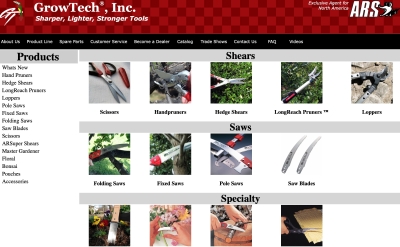
One place for many of those pruning tools, ARS or otherwise, is OESCO. And much more. Trowels, all sorts of shovels, hedgers, sharpeners, grafting knives and sealants, stuff for making trellises, and, of course, many kinds of hand pruning shears.
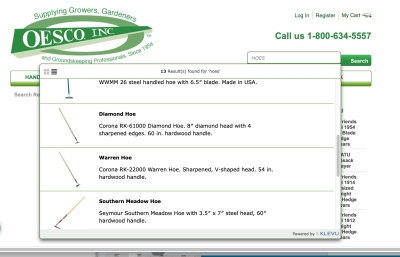
Scythe Supply Co is where I purchase all my scythe blades, sharpening stones, peening tools, and, originally, my snath and grips (I’ve since made these last two parts myself, when needed). You might think a scythe to be an archaic tools. Not so; it works even early mornings without waking the neighbors and in ground too wet or grass too high for a mower. Swinging a scythe is a meditative, first-class exercise.
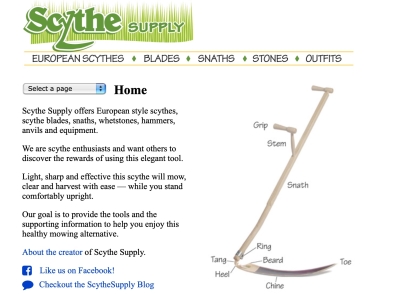
My property was originally a mere 3/4 of an acre. Besides my home, vegetable garden, and fruit trees, I was able to dedicate a portion of that property to a mini-hay field, where I let the grass grow high and then periodically scythed it as food for my compost pile. It was decorative and functional. (Okay I did encroach on the actual hayfield bordering my 3/4 of an acre; I eventually bought it and now have a bona fide hayfield, portions of which I scythe.)
Two More Essentials
You might wonder, “What’s with Bobbex and Sensorpush?”, the last two ads on these blog pages?”

In the past couple of winters as Daisy and, especially Sammy, matured beyond their super energetic puppy stages,
deer have taken note and become bolder. My initial testing of Bobbex, a deer repellent, seemed promising. I’ve since become amazed at its effectiveness. Deer are here, but not feeding on any of my sprayed plants. And spraying is only needed once a month.
I’ve waxed enthusiastic about Sensorpush many times here on this blog. Basically, it’s a one inch square by 1/2 inch device that you place wherever you want to know the current and historical temperature, relative humidity, barometric pressure, dewpoint, and vapor pressure deficit. There’s one in my greenhouse, and it can alert me if the temperature goes above or below whatever temperature specified.  The one on my garden gate is especially useful in spring and fall, when frosts threaten. As soon as the snow melts, my third Sensorpush will go beneath the pile of leaves protecting a fig tree I planted outdoors to monitor winter temperatures there. (Much more about this at a later date.)
The one on my garden gate is especially useful in spring and fall, when frosts threaten. As soon as the snow melts, my third Sensorpush will go beneath the pile of leaves protecting a fig tree I planted outdoors to monitor winter temperatures there. (Much more about this at a later date.)
So there you have it: seven companies whose products, in my opinion, make for better gardening or farming.
Get Ready for Spring
Are you interested in having a weedless garden this season? Learn how, at my upcoming WEEDLESS GARDENING webinar. The system I’ll talk about also makes more efficient use of water, conserves valuable soil organic matter, allows earlier planting in spring, and doesn’t disrupt beneficial fungi and other friendly soil organisms. Starting a new garden? Here’s the fastest way to get the soil prepared and plants growing.
I’ll cover all this, and more, in the webinar, and allow plenty of time for questions. The webinar costs $35 and runs from 7-8:30 pm on Monday, February 22, 2021.
Space is limited so registration is necess ary.Register at https://us02web.zoom.us/webinar/register/WN_WqSCBtOGTqqjGgbOHOuxfg.
